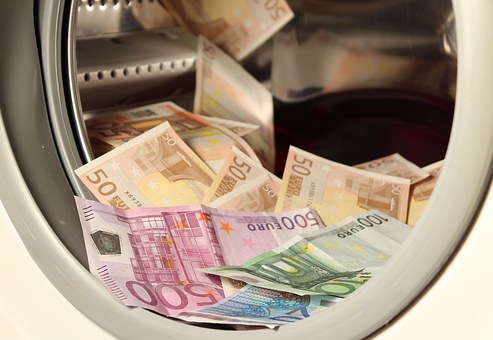What Works Better, Recognition Or A Raise In Salary?
So, the day after your company’s presentation to an important client, the head honcho from the top executive floor comes down to your office and says … “Hey John, that was a great job you did in our presentation. We just might get the account any day now. Thanks!” Wow! Isn’t that great? Doesn’t it make you feel you just drew a Royal Flush in a poker game? Of course it does! … because it says you’re a areal pro and have made a huge contribution to achieving your company’s goals. Sure, a $500 or a $1000 bonus can’t hurt either, but that’s just the gravy. The boss’ thanks is the real Kobe steak. What Surveys Say A consulting firm, polling more than 200,000 employees around the globe to make a list of the top ten factors that lead to happiness in the workplace, came up with the following (in order of importance) : Being appreciated for the work they do Good relations with co-workers Good balance between work and personal life Good relationships with the bosses Solid financial standing of the company Training and seminars for development of career Job security A good fixed salary An interesting, challenging job Good company values It’s worth citing that recognition, a good balance with work and personal life and great relationships with colleagues are what took the top spots. Salary ranked only 8th. There is this Human Resource theory that says a basic pay must meet a certain level of expectation. After such expectation is met, it’s power as a motivator is diminished. Why? Because in the end, people would much rather not struggle with salaries. It’s too sensitive, uncomfortable, and awkward. Not too many employees look forward to talking money with the boss. They’d much rather simply get paid for what they’re worth. It’s not complicated. They don’t have to worry about it and they can do their job without this added stress. And here’s the real clincher. The Real Clincher There are no guarantees that increasing your guys’ pay will increase their productivity. Somehow, high wages don’t correlate too well with high performance. However, the impact of cash rewards can make them excel on the short term. But these incentives can only go so far. Evidence is pretty strong to suggest, that if you pay a competitive salary and give employees recognition for their work, incredible things can happen.
What Works Better, Recognition Or A Raise In Salary? Read More »




